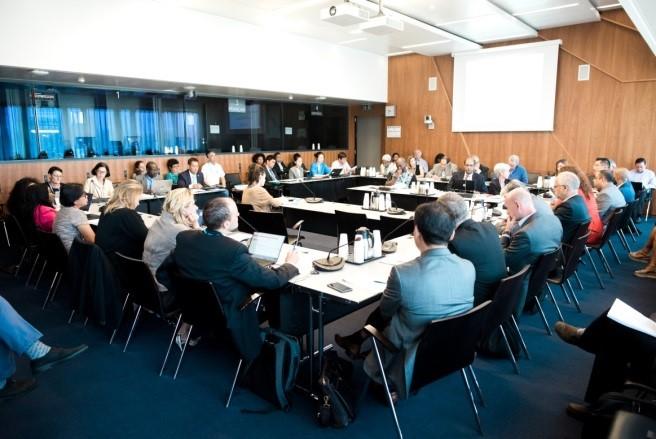
WHO Technical Meeting on Using IHR Data to Address Critical Gaps in Capacity
September 10, 2018
WHO-HQ
WHO assesses the capacity of countries to manage health emergencies through the International Health Regulations (2005) Monitoring and Evaluation Framework. International public health stakeholders are using the large volume of data to identify the existing gaps and actions to address them and build country capacity to prevent, detect and respond to public health emergencies.
Health security experts at all levels of WHO met with partner organisations from the US Centres for Disease Control and Prevention (CDC), FAO, China CDC, Public Health England, Resolve to Save Lives and Netherlands National Institute for Public Health and the Environment (RIVM) over two days to discuss the application of IHRMEF data to inform capacity and preparedness activities for health emergencies.
With the aim of mapping current approaches of analysis, the meeting allowed participants to share existing methodologies for the analysis and application of IHRMEF data for action. It also allowed participants to assess how IHRMEF outputs can better monitor country capacity over time and provide critical information to allow public health officials to focus on priority actions with maximal impact.
A series of key issues were discussed in plenary and working group sessions and resulted in a set of joint recommendations to support projects and mitigate improper analysis interpretation. Key recommendations included the development of a data analysis plan, a review of data dissemination and visualization strategies and the identification of best practices for coordinating IHRMEF analysis activities between WHO and partners.
At the conclusion of the meeting, participants had reached a consensus of the importance of the use of IHRMEF data to address critical gaps and guide technical priorities, including high-level strategies such as the WHO 13th Global Program of Work (GPW 13).